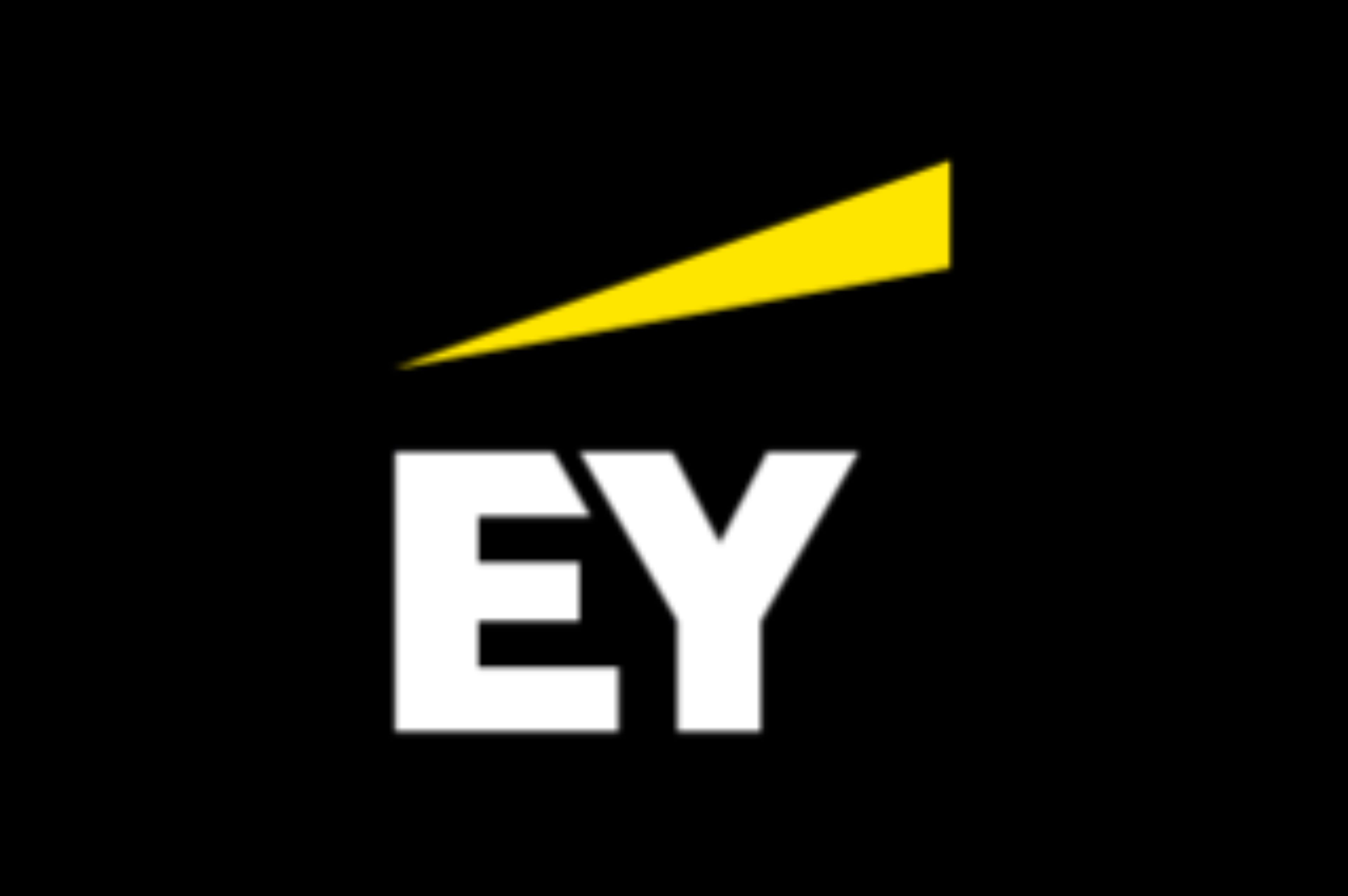EY Law LLP is a Canadian law firm, affiliated with Ernst & Young LLP in Canada. Both EY Law LLP and Ernst & Young LLP are Ontario limited liability partnerships. For more information about the global EY organization please visit www.ey.com.

Tax Alert No. 59, 7 December 2020
The Fall Economic Statement reintroduces changes to the taxation of employee stock options first introduced in the 2019 federal budget. The changes introduce a $200,000 annual limit on employee stock options that may qualify for preferential tax treatment. This limit will not apply to stock options granted by Canadian-controlled private corporations (CCPCs) or non-CCPCs with annual gross revenue of $500 million or less. In general, gross revenue is the revenue reported in an employer’s most recent annual financial statements (or, in the case of a corporate group, the ultimate parent’s consolidated financial statements) prepared in accordance with generally accepted accounting principles.
The changes are prospective and will apply to stock options granted after 1 July 2021.
Employee stock options
The updated proposals on the tax treatment of employee stock options introduce a $200,000 annual limit on employee stock options that may benefit from the tax-preferred treatment under the current employee stock option rules. The changes are intended to restrict the preferential tax treatment of stock options for employees of large, long-established, mature companies, while continuing to provide full tax benefits for persons employed by CCPCs and small non-CCPCs. The proposed changes were first announced in the 2019 federal budget and scheduled to come into force on 1 January 2020, but were postponed.
The updated proposals will apply to employee stock options granted on or after 1 July 2021 (other than qualifying options granted after June 2021 that replace options granted before July 2021).
Annual limit
A $200,000 annual limit will apply to an employee on the amount of employee stock options that vest (i.e., become exercisable) in a calendar year and continue to qualify for the paragraph 110(1)(d) employee stock option deduction under the Income Tax Act (the limit is based on the fair market value of the underlying shares at the time the options were granted).
Rules are also provided to ensure the limit applies to all stock option agreements an employee has with an employer and the corporations that do not deal at arm’s length with the employer, to determine the order in which stock options will qualify for the paragraph 110(1)(d) deduction when the $200,000 limit is exceeded, as well as the vesting year when it is not clear in which year the options vest.
Where an employee exercises an employee stock option that is in excess of the $200,000 limit, the difference between the fair market value of the share at the time the option is exercised and the amount paid by the employee to acquire the share will continue to be treated as a taxable employment benefit.
For example, if a company whose share price is $100 grants 12,000 options to an employee on 1 August 2021 with the options vesting one-third, one-third, one-third in each of 2022, 2023 and 2024, only 2,000 options per year (i.e., $200,000/$100) will qualify for the 110(1)(d) deduction, while the remaining 2,000 options will not qualify for the preferential treatment. If in 2022 another 12,000 options are granted on the same terms and where the share price remains at $100, then none of the options granted in 2022 that vest in 2023 or 2024 would qualify for the preferential tax treatment, because the qualified options would have been “used up” for those years. 2,000 options would qualify in respect of the 2025 vesting year, with the remainder being non-qualified.
The $200,000 limit will apply to employee stock options granted by employers that are corporations or mutual fund trusts but will not apply to employee stock options granted by CCPCs and by non-CCPCs whose gross revenues, or whose corporate group gross revenues, if applicable, are $500 million or less (see below).
Revenue test for non-CCPCs
The 2019 draft legislation indicated that stock options granted by “start-ups and scale-up” Canadian businesses would be excluded from the $200,000 limit; however, those terms were not defined. Stakeholders were invited to make submissions to the Department of Finance on this matter. The government has chosen to solve this problem by using a revenue test as a proxy for “start-ups and scale-up” companies. As noted above, the $200,000 annual limit will not apply to options granted by non-CCPC employers with annual gross revenue of $500 million or less. The provisions outline the determination of gross revenue based on the corporate structure of the employer. Where a corporate group prepares consolidated financial statements, gross revenue would be based on most recent annual financial statements prior to the date that options are granted at the highest level of consolidation.
Employer deduction for non-qualified securities
Employers will be able to claim a corporate deduction equal to the benefit received by an employee where the options would otherwise qualify for the 110(1)(d) deduction, but the deduction is limited as a result of the new $200,000 annual limit (non-qualified securities), or following an employer’s designation of non-qualified securities (see below).
Designation of non-qualified securities
Employers subject to the new rules will be able to designate securities to be issued or sold under a stock option agreement as non-qualified securities for purposes of the employee stock option rules. When this designation is made, employees will not be entitled to a stock option deduction, but the employer will be entitled to a deduction for the value of the benefit received by employees.
Notification requirements for non-qualified securities
Employers will be required to notify employees in writing no later than 30 days after the day the stock option agreement is entered into for non-qualified securities, and to report the issuance of stock options for non-qualified securities in a prescribed form with their tax return. Employers will also be required to track which options are qualified for purposes of income tax withholding and T4 reporting. The tracking exercise will become involved in situations where employees receive multiple option grants.
Charitable donations
An employee will be ineligible for the additional 50% stock option deduction if the employee donates to a qualified donee a publicly listed security acquired under a stock option that is a non-qualified security under the new stock option rules. The employee may, however, be eligible for the charitable donation tax credit.
Observations
- Since the changes will only apply to stock options granted after 1 July 2021, companies intending to grant stock options later in 2021 may wish to consider granting options prior to this date. Given the current environment, obviously non-tax considerations would also be relevant to such deliberations.
- Whether stock options qualify for the 110(1)(d) deduction will still be relevant because even if the $200,000 limit is exceeded, companies will only be eligible for a corporate tax deduction where the options would have otherwise qualified for the 110(1)(d) deduction. For example, restricted stock units (RSUs) (where employees have a right to receive shares) that do not require the payment of an exercise price would not be eligible for a corporate deduction since the 110(1)(d) deduction would not have applied owing to the lack of a fair market value exercise price.
- The new rules will impose significant new tracking obligations on employers. Employers will be required to identify which options do not qualify for preferential tax treatment at the time of grant, notify employees and the Canada Revenue Agency, and ensure correct reporting on the employee’s T4.
Learn more
For more information, contact your EY or EY Law tax advisor, or one of the following professionals.
Toronto
Lawrence Levin
+1 416 943 3364 | lawrence.levin@ca.ey.com
Leah Shinh
+1 519 571 3325 | leah.c.shinh@ca.ey.com
Kitchener/Waterloo
Tim Rollins
+1 519 571 3379 | tim.rollins@ca.ey.com
Ottawa
Darrell Bontes
+1 613 598 4864 | darrel.bontes@ca.ey.com
Montreal
Danielle Laramée
+1 514 874 4360 | danielle.laramee@ca.ey.com
St. John’s
Troy Stanley
+1 709 570 8290 | troy.a.stanley@ca.ey.com
Calgary
Christopher Rush
+1 403 206 5191 | christopher.rush@ca.ey.com
Vancouver
Hein Winckler
+1 604 891 8416 | hein.winckler@ca.ey.com
Download this tax alert
Budget information: For up-to-date information on the federal, provincial and territorial budgets, visit ey.com/ca/Budget.

